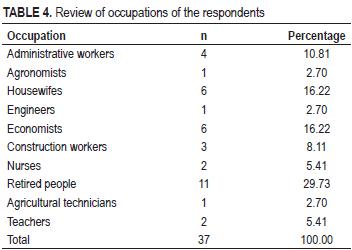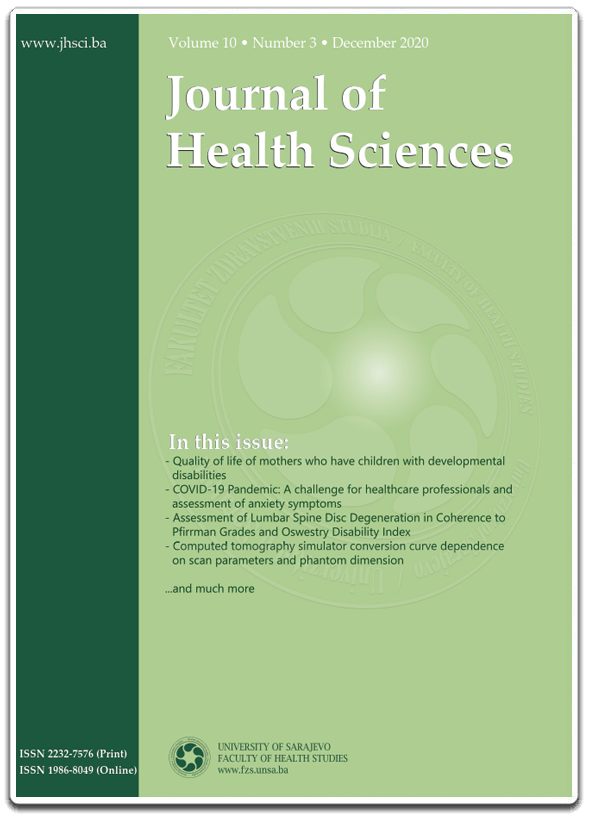The effectiveness of rehabilitation of persons withperiarthritis humeroscapularis
DOI:
https://doi.org/10.17532/jhsci.2025.2866Keywords:
periarthritis humeroscapularis, conservative treatment methods, rehabilitationAbstract
Introduction: Periarthritis humeroscapularis (PHS) is an inflammatory reaction of the muscle tendons of the shoulder joint and other adjacent tissues of the shoulder joint. The main clinical signs are pain and limitation of mobility, which endangers the daily life activities. The aim of this study is to determine the effectiveness of rehabilitation in reducing the pain and the effectiveness of rehabilitation in improving the daily life activities of respondents with PHS.
Methods: This prospective, pre-post study, conducted from May to September 2023, included subjects of both sexes, different age groups, and different occupations, who were part of the rehabilitation program. The data were collected by filling out a questionnaires of the general data of the respondents and a the American Shoulder and Elbow Surgeon Score (ASES) questionnaire on activities of daily life and intensity of pain in the shoulder before and after the rehabilitation program. The rehabilitation program lasted an average of 14 days and included the following physical procedures: Electrotherapy, ultrasound, kinesitherapy, cryotherapy, short-wave diathermy, and manual massage.
Results: Comparison of the average pain score on an ASES pain scale of 1-10 shows that the respondents rated pain with an average score of 7.32 before the treatment and with an average score of 2.14 after the treatment. The average scores on the activities of daily living subscale of the ASES questionnaire were worse before the treatment and amounted to 20.72 ± 10.46 (range 3.33-40.0) compared to the scores after the treatment when they averaged 40.95 ± 7.46 (range 21.67-50). The average total score on the ASES scale before the treatment was 34.10 ± 13.93 (range 8.33-58.33), and after the treatment, it was 80.27 ± 14.7 (range 48.33-100.0).
Conclusion: The rehabilitation showed statistically significant improvement in the average score on the ASES subscales of pain and daily life activities.
Downloads

Downloads
Published
License
Copyright (c) 2025 Eldad Kaljić, Kemal Kličić, Bakir Katana, Samir Bojičić, Namik Trtak, Demir Džaferović, Gordan Bajić, Verner Marijančić, Dinko Remić, Dženan Pleho

This work is licensed under a Creative Commons Attribution 4.0 International License.










